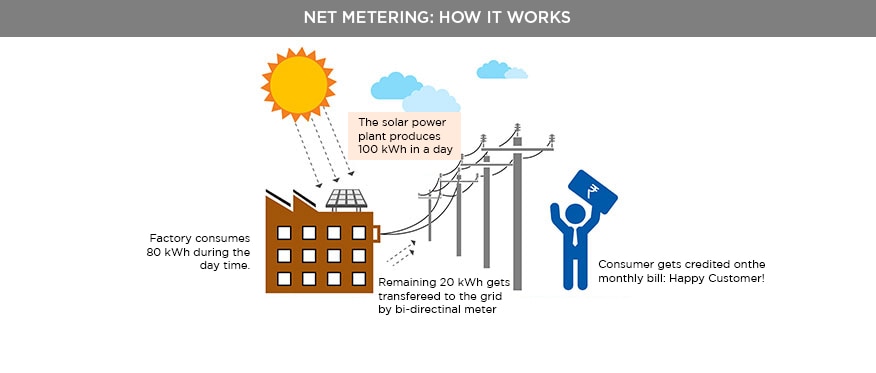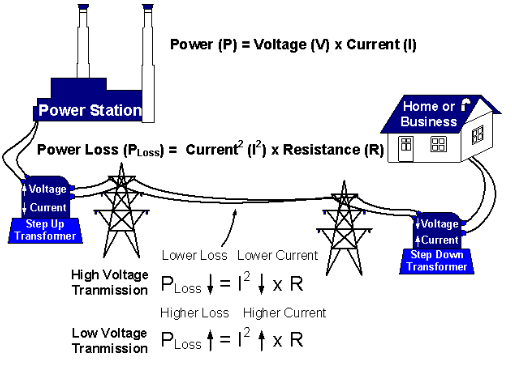Enhancing Efficiency and Power Quality: Human Monitoring and Pattern Analysis in Electrical Systems
Human monitoring and pattern analysis in electrical data refer to the process of observing, tracking, and analyzing various electrical signals and data generated within a system or network to detect anomalies, patterns, and trends that might indicate potential issues, failures, or abnormal behavior.












